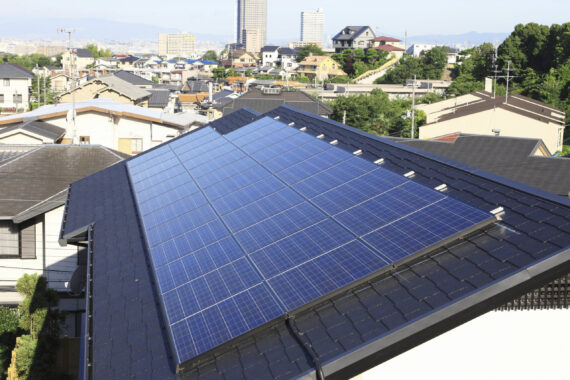Shading is a common problem when it comes to solar panel performance. Shading can occur due to a variety of factors, such as nearby trees, buildings, or other structures. In this blog post, we will discuss how shading affects the performance of solar panels and what solutions are available to mitigate its effects.
When shading occurs on a solar panel, it reduces the amount of sunlight that reaches the panel. This, in turn, reduces the amount of electricity that the panel can generate. If shading occurs on just one panel in a solar panel system, it can cause a significant drop in the overall performance of the system. This is why shading is considered a major problem when it comes to solar panel performance.

There are several solutions available to mitigate the effects of shading on solar panels. One solution is to use micro-inverters. Micro-inverters are small inverters that are installed on each individual solar panel, rather than having one central inverter for the entire system. This allows each panel to operate independently, so if shading occurs on one panel, it doesn’t affect the performance of the other panels.
Another solution is to use optimizers. Optimizers are devices that are installed on each individual solar panel, and they help to ensure that each panel is operating at its maximum efficiency. They work by monitoring the performance of each panel and adjusting the electrical current to ensure that the panel is operating at its maximum efficiency, even if shading occurs.
Solar panel companies like Jaysis also offer shading analysis services. These services use specialized software to analyze the shading on a particular site and determine the best solar panel configuration to minimize the effects of shading. The analysis will also provide information on the most suitable location for the solar panel system and the number of panels required to maximize the energy production.
In addition to these solutions, it is also important to consider the placement of the solar panel system. This includes the angle of the solar panels, their orientation, and the distance from shading sources like trees, buildings or other structures. By taking these factors into account, the solar panel system can be designed to minimize the effects of shading and maximize performance.
In conclusion, shading is a common problem that can significantly affect the performance of solar panels. However, there are several solutions available to mitigate its effects, such as micro-inverters, optimizers, and shading analysis services. By using these solutions, and taking into account factors such as the angle, orientation, and distance of the solar panel system, it is possible to minimize the effects of shading and maximize the performance of the solar panel system.





